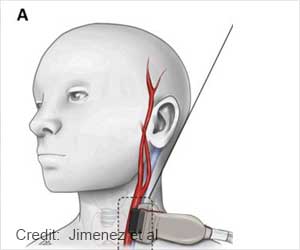Despite knowing the dangers of high blood pressure, there are still many loopholes in screening, treatment and control of the disease even after doctors' intervention, says a new study.
Despite knowing the dangers of high blood pressure, there are still many loopholes in screening, treatment and control of the disease even after doctors' intervention, says a new study.
The study led by the Stanford University School of Medicine has revealed that there is a lack of routine blood pressure screening and a low percentage of patients who are achieving recommended blood pressure goals after diagnosis."Doctors should be screening more routinely during all office visits," said co-author Dr Randall Stafford, PhD, associate professor of medicine at the Stanford Prevention Research Centre.
"Dual medication treatment should be seen as standard therapy and intensive lifestyle changes should be encouraged," he added.
High blood pressure is considered a silent killer as it quietly damages the body for years before actual symptoms develop.
The researchers said that it is this lack of symptoms that is one of the major reasons for gaps in care.
"This is a problem that spans much of preventive medicine," said Stafford. "The treatment itself doesn't make patients feel better. If somebody has asthma, they know that if they stop taking medication they're going to start wheezing. With blood pressure medicines, patients don't feel any different," he added.
Advertisement
Stafford said that there's been an assumption in the past that these problems have been solved, however, the new study indicates a continuing problem. Only 39 percent of patients who are treated were at the recommended blood pressure levels.
Advertisement
Blood pressure was measured in only 56 percent of all patient visits, according to the survey. That rises to 93 percent in visits by patients diagnosed with hypertension.
Once a patient is diagnosed with hypertension, physicians need to make clear to patients the types of treatment that will be necessary. And they need to strongly encourage lifestyle changes.
The study appears in journal Hypertension.
Source-ANI
SPH/L






